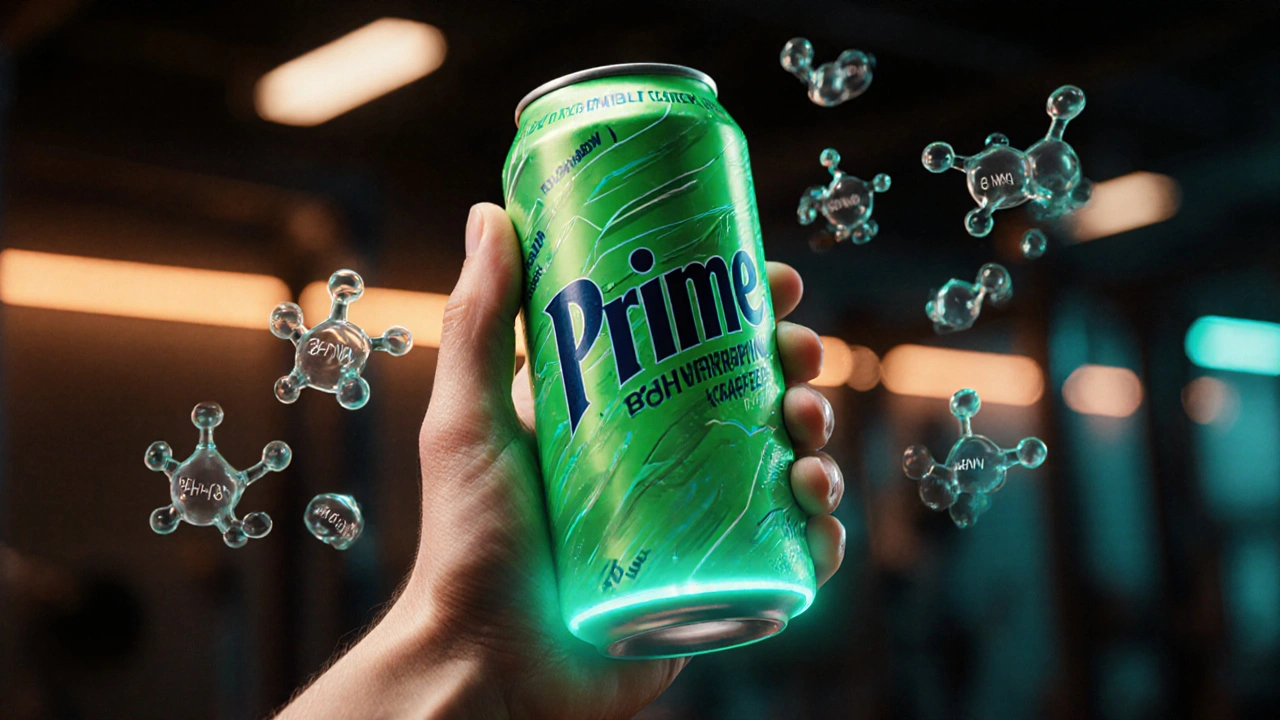Prime Energy Drink: Facts, Benefits, and Safe Use
If you’ve seen the bright cans of Prime popping up at the gym or on social feeds, you’re probably wondering if it’s worth the hype. In short, Prime is a caffeinated beverage that promises a quick energy lift, better focus, and a bit of fun flavor. It’s not magic, but it can help when you need a short‑term boost for a workout, a study session, or a long day.
Before you grab a can, let’s break down what’s actually inside and why each ingredient matters. Knowing the basics helps you decide if Prime fits your routine or if you should look elsewhere.
Key Ingredients and What They Do
Prime’s label lists caffeine, taurine, B‑vitamins, and a blend of natural sweeteners. Caffeine is the main driver; a typical 16‑oz can contains about 200 mg, roughly the same as two strong cups of coffee. That amount can improve alertness and reaction time for most adults, but it can also cause jitters if you’re sensitive.
Taurine is an amino acid often added to energy drinks. Research shows it may support heart function and help balance electrolytes, but the evidence for performance gains is mixed. The B‑vitamin complex (B6, B12, niacin) is there to aid metabolism, turning the food you eat into usable energy. These vitamins are safe in the amounts found in Prime, but they won’t turn you into a superhero on their own.
The sweeteners—usually a mix of sucralose and natural fruit juice— give the drink its pleasant taste without massive sugar spikes. If you’re watching calories, the low‑sugar formula can be a better choice than many sugary sodas, but remember that artificial sweeteners can still affect gut bacteria for some people.
How to Drink Prime Safely
First, know your caffeine tolerance. If you usually have one cup of coffee a day, a whole can of Prime might feel too strong. Start with half a can or a smaller size and see how you react. Most experts recommend keeping total daily caffeine under 400 mg for healthy adults.
Timing matters, too. Drinking Prime right before bed can mess with sleep, so aim for the morning or early afternoon. If you plan to work out, sip it 30 minutes before you start. That gives your body time to absorb the caffeine and let the boost kick in.Hydration is another key point. Caffeine is a mild diuretic, meaning it can increase urine output. Pair Prime with water, especially if you’re exercising, to stay properly hydrated.
Watch for interactions with medication or other stimulants. If you take prescription drugs for heart conditions, anxiety, or ADHD, add a high‑caffeine drink on top could raise heart rate too much. A quick chat with your doctor can clear up any concerns.
Lastly, don’t use Prime as a replacement for meals. It gives a quick energy spike, but it doesn’t provide protein, healthy fats, or fiber. Keep it as a supplement to a balanced diet, not the main source of nutrition.
In practice, Prime can be a handy tool when you need a short burst of focus or stamina. Use it responsibly: know your limits, stay hydrated, and pair it with solid meals. If you notice persistent heart racing, anxiety, or trouble sleeping, cut back or switch to a non‑caffeinated option.
Bottom line: Prime isn’t a miracle drink, but it can fit into a healthy lifestyle if you respect the caffeine content and listen to your body. Grab a can, test the dose, and enjoy the lift without overdoing it.
Explore the health impact of Prime energy drink, covering caffeine, sugar, vitamins, risks, benefits, and safe usage tips for everyday consumers.

